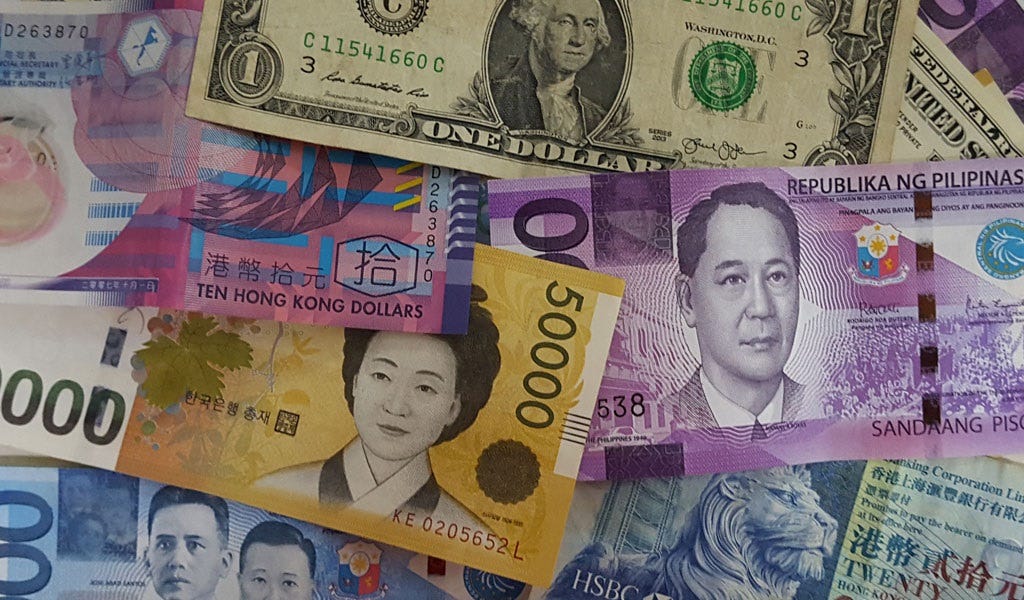Southeast Asian Currencies: Stronger Than They Look
Covid-19 isn’t biting as badly on currencies as expected

It is axiomatic that stock and currency markets have minds of their own and often appear moved by sudden sentiments than changes in the facts. But ignorance on the part of so-called reliable information sources such as Bloomberg can play a significant part in increasing volatility.
Take, for example, the issue of Asian emerging market currencies to whic…
Keep reading with a 7-day free trial
Subscribe to Asia Sentinel to keep reading this post and get 7 days of free access to the full post archives.

